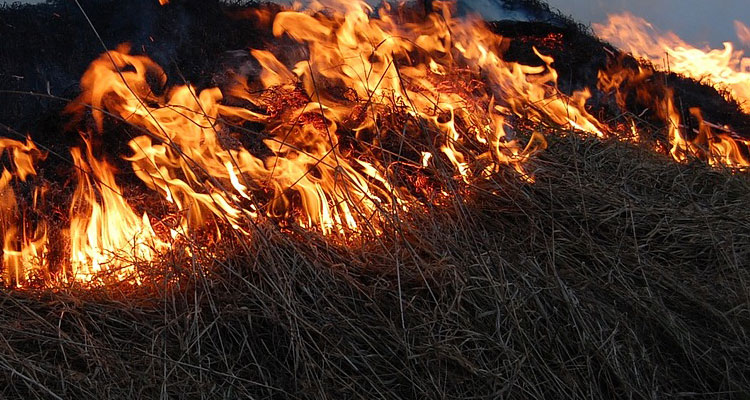Last week was Canada-wide Emergency Preparedness Week, and the focus of this year was to ensure that folks in the communities and rural areas know what to do to decrease risks for their household.
“Being prepared for an emergency is as simple as knowing what to do to reduce risk,” says Chanell Brick, Deputy EMO Coordinator for the Town of Kindersley. “The Town advocated emergency preparedness week since we are moving into spring/summer and the number of emergency situations will be increasing.”
We all know a story that ended in a laugh after a family rushes from their home with all of their “important stuff”, only to realize that dad brought the golf clubs, junior is clutching stuffed Peter Rabbit and a box of cereal, but no shoes, and mom is holding a random moose head from the wall. While some of these stories are hilarious to retell because the family was able to travel back to their home within a few hours, the same story can be different if the family is forced to be out of their home for days, or worse, to lose their home altogether.
Emergency preparedness week aims to help people create a game plan, and ensure that they can follow it when there is an emergency. Weather its evacuation or extreme weather or fires, having the whole household ready and knowing the game plan will keep people and important documents safe.

“Emergencies happen anytime, anyplace and, too often, when we least expect it.” Brick noted that some of the terror and stress experienced by many during the notable Burstall fire in October 2017 may have been alleviated by having a firm emergency plan in place.
“When people know what to do, where to go, what to grab, and where to get accurate information, they are able to make decisions easier, and so keep themselves safe,” Brick added.
During emergency preparedness week, the town encouraged people to do two things, first make a plan; second, make an emergency kit. An emergency plan (www.getprepared.gc.ca/cnt/plns/mk-pln-en.aspx) could be knowing the household meeting place, the numbers to call for an out-of-family safe contact for children, and the locations of fire extinguishers or emergency shut off valves.
An emergency kit should contain, but not be limited to items such as the following:
- Water- 2L per person per day
- Non- perishable foods
- Manual can opener
- Flashlight and batteries
- Battery-powered or wind-up radio
- Extra batteries
- First aid kit
- Special needs items- may include: Medications, copies of important documents (birth certificate, passport, etc.), extra keys for your car and house, cash, and a written household emergency plan
The Kindersley area could be at risk for emergencies such as fires, plow winds/tornados, ice storms, hail/electrical storms, water shortages, or pandemic/epidemic situations. Folks in the Kindersley area should prepare their emergency plan and emergency kit with the above risks in mind.
Should an emergency ever occur in the Kindersley area, the Town of Kindersley Public Information Officer will keep the public updated with reliable and accurate information via Twitter, Facebook and on the Town of Kindersley website.
For more information on preparing your emergency plan or kit, visit the Town of Kindersley’s website at kindersley.ca/ourcommunity/emergencyservices/emergencypreparedness.
For the latest information and for more updates on everything Kindersley ‘Like’ the Kindersley Social Facebook page below…
